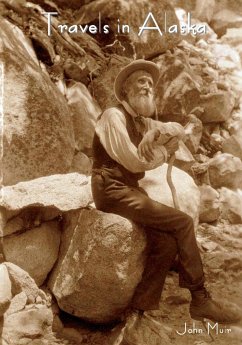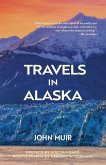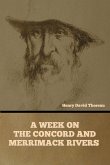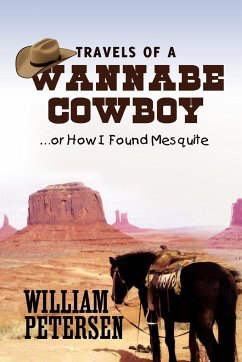Travels in Alaska, which John Muir was working on at the time of his death, is based on journals Muir wrote during his visits to Alaska in 1879, 1880, 1881, 1890, and 1899. From the moment he embarked from San Francisco in May, 1879, "off for icy Alaska," Muir sensed he was on an extraordinary adventure. Venturing on foot, by canoe and dogsled, he experienced equal excitement discovering an unfamiliar species of flower, bird, or tree, or the spectacular Glacier Bay -- all of which he conveys with consummate artistry. Here also is a record of such harrowing experiences as rescuing his companion while the two hung over a thousand-foot precipice and narrowly escaping. death between grinding walls of glacial ice. Travels in Alaska culminates with Muir's vivid description of the "supreme, serene, supernal beauty" of Alaskan auroras observed during his penultimate trip in 1890. "Men like Muir (Robert Marshall was another) continue for us the spiritual reclamation of North America. At their keenest, they evoke for us something of the freshness of an hour and a day when, before the intervention of culture, men saw the world for the first time as something wonderful and new." - John Haines, from his Foreword
Hinweis: Dieser Artikel kann nur an eine deutsche Lieferadresse ausgeliefert werden.
Hinweis: Dieser Artikel kann nur an eine deutsche Lieferadresse ausgeliefert werden.








